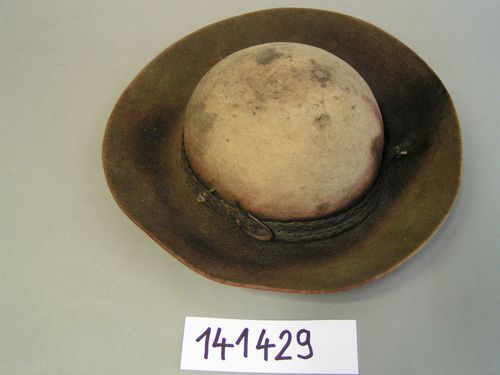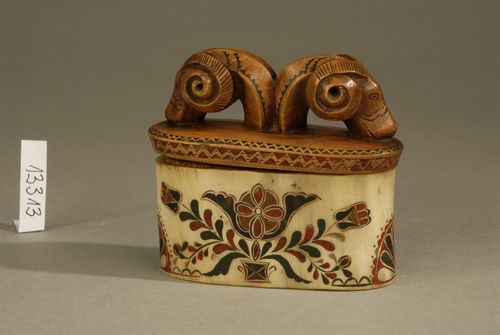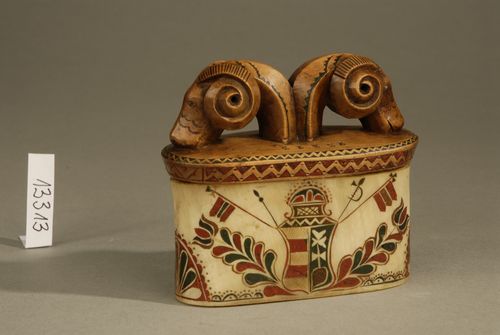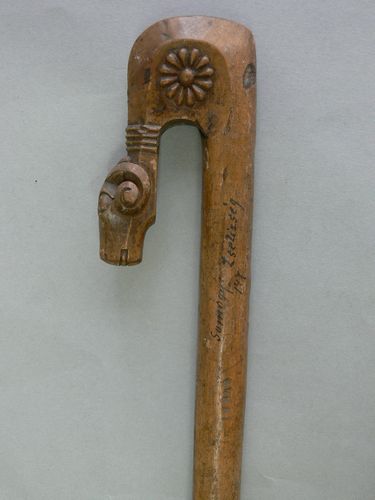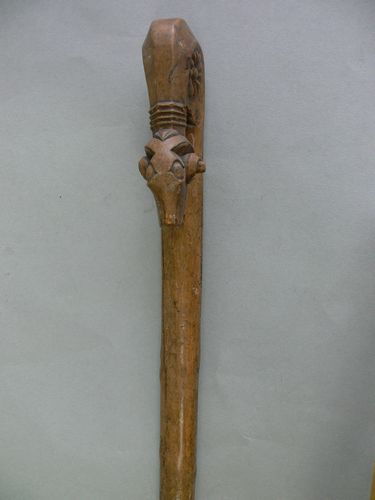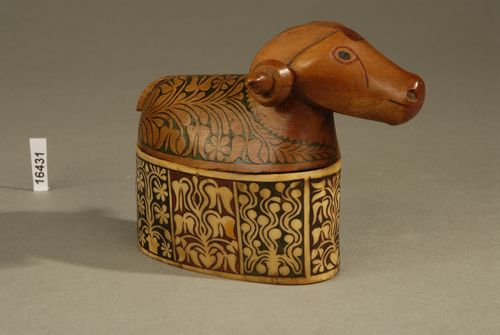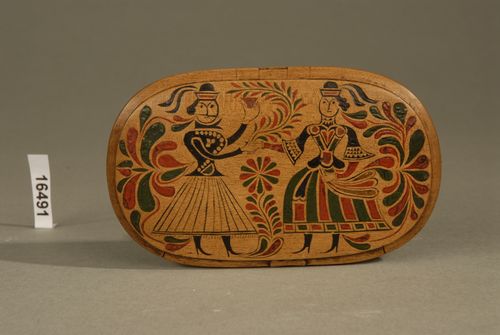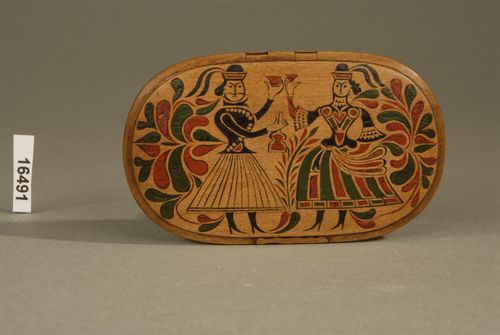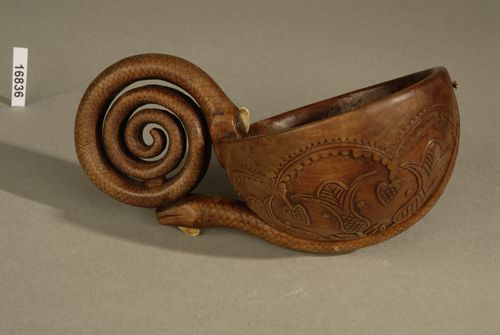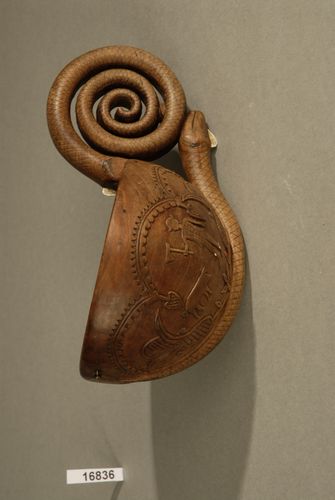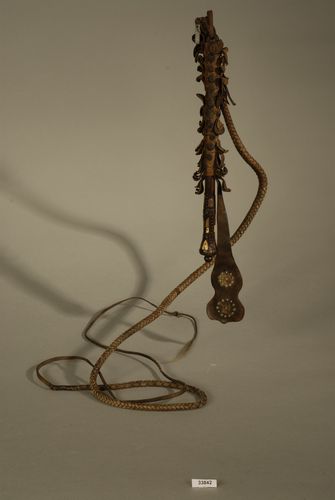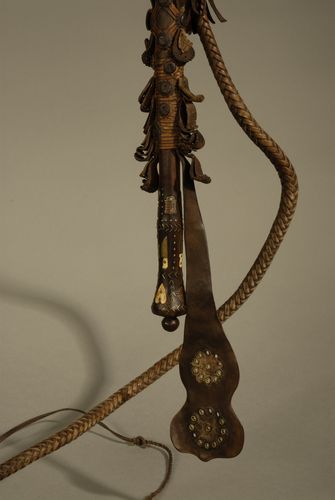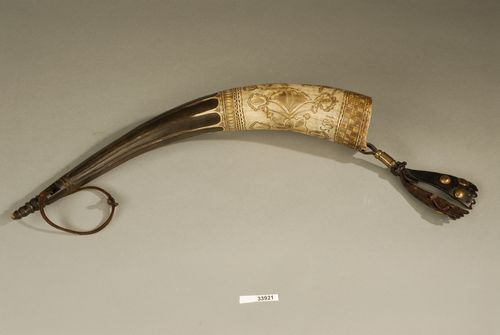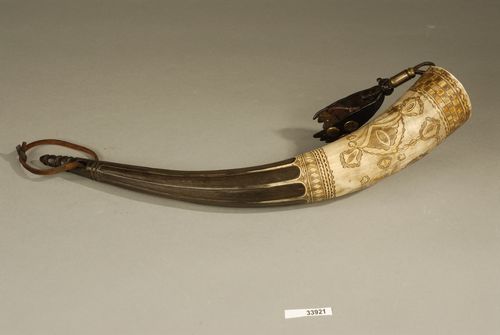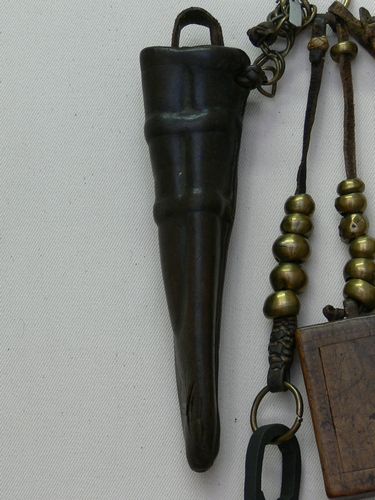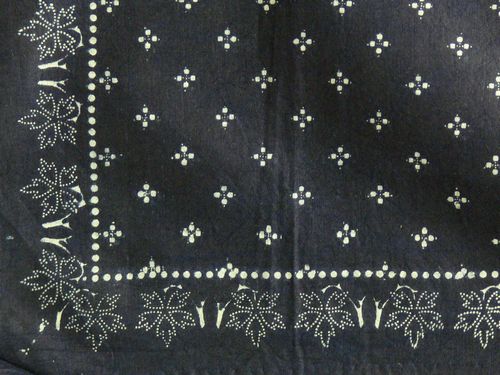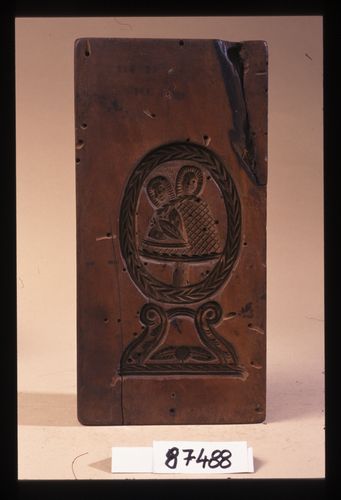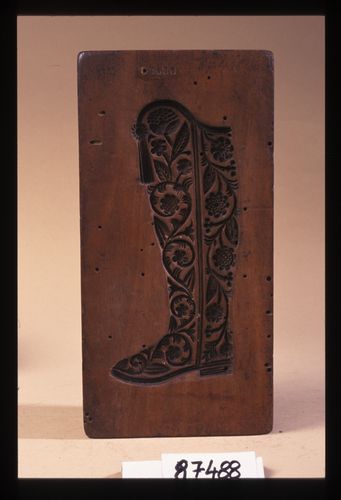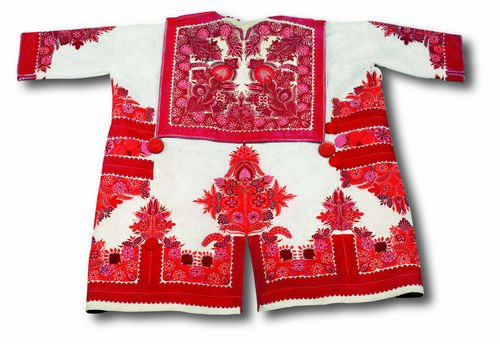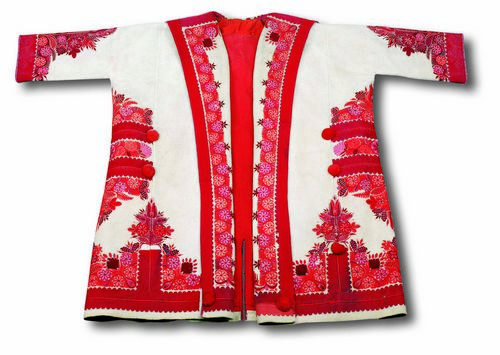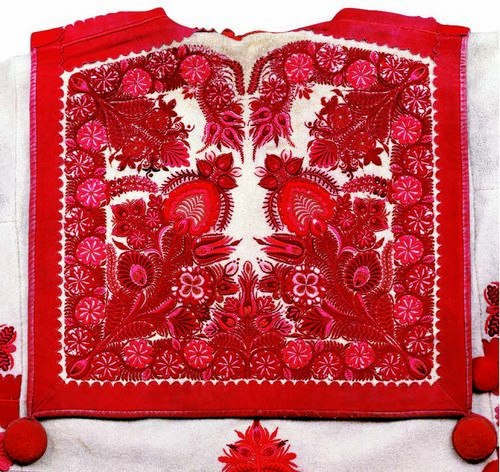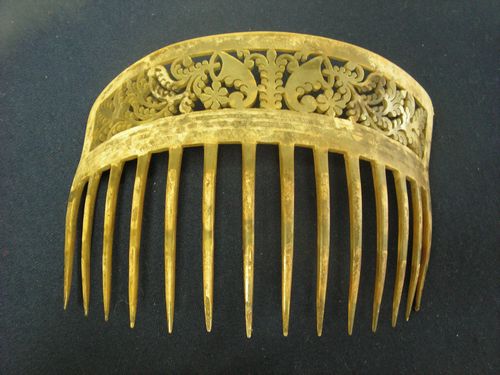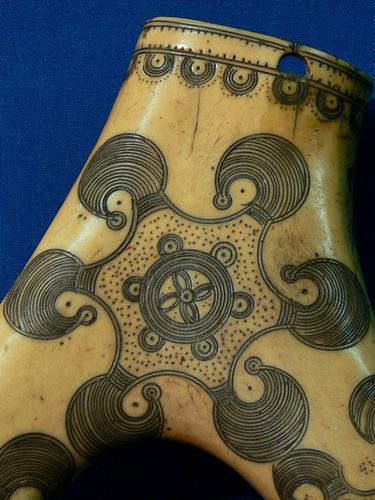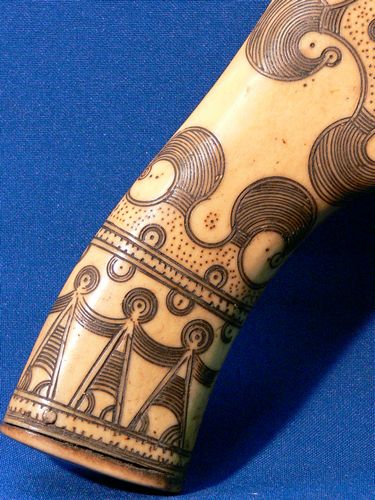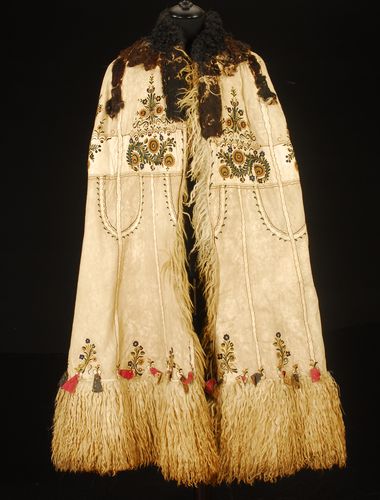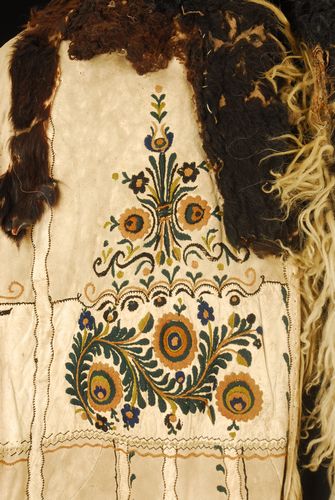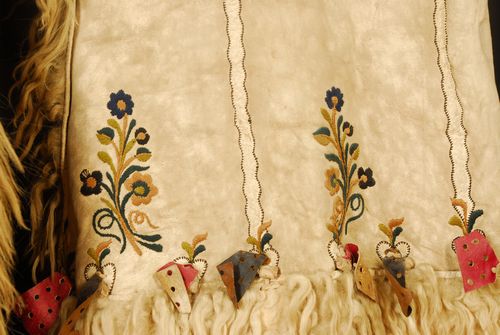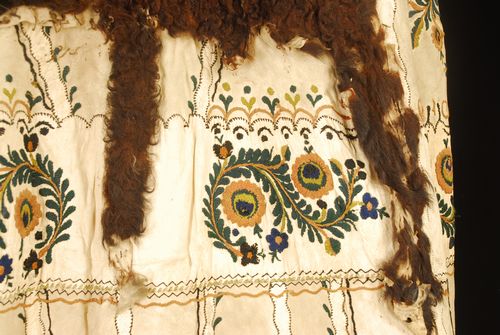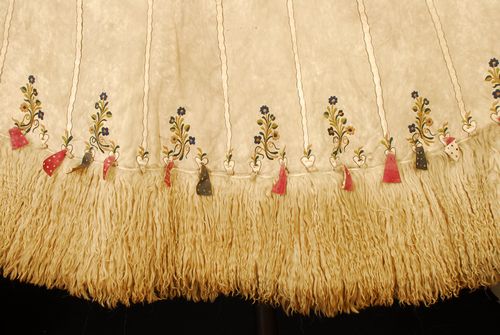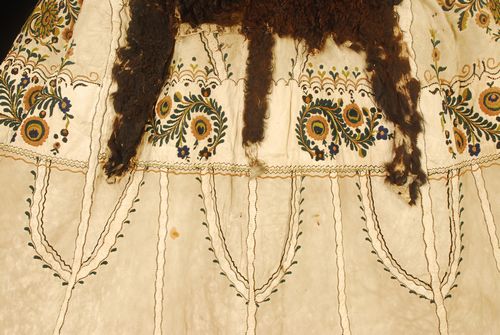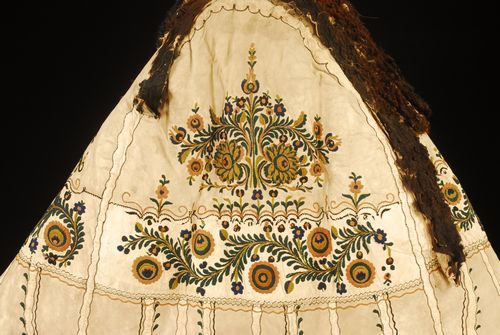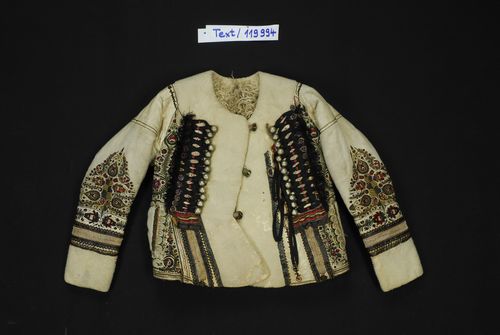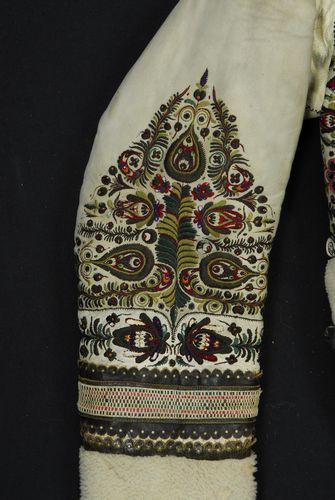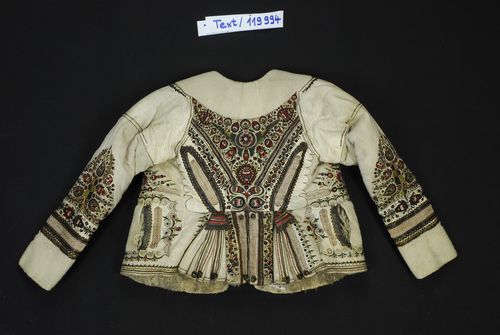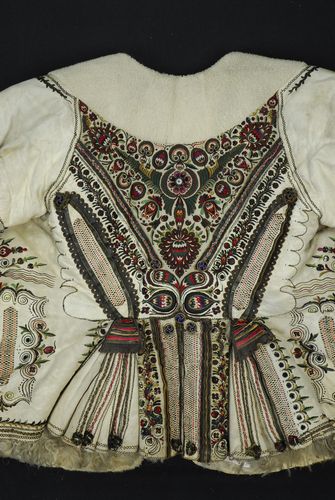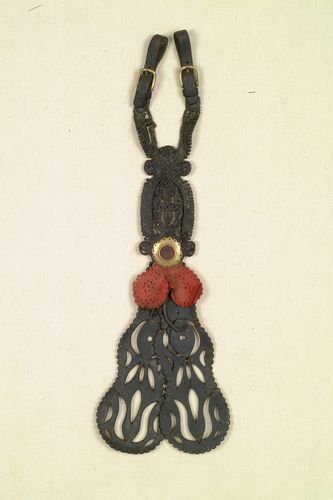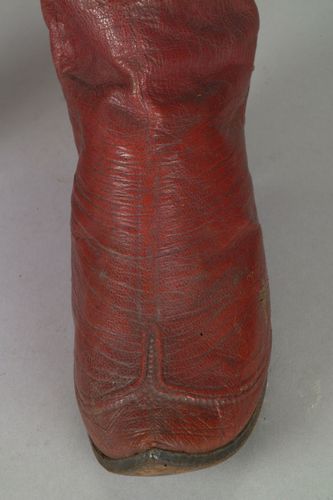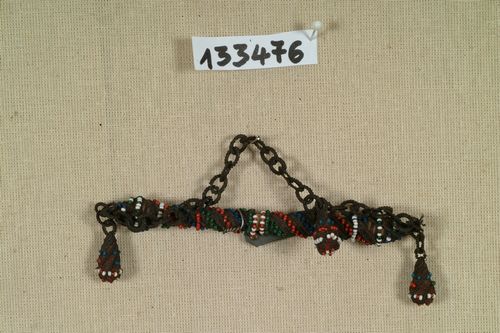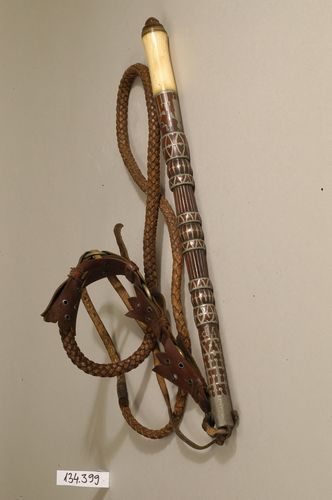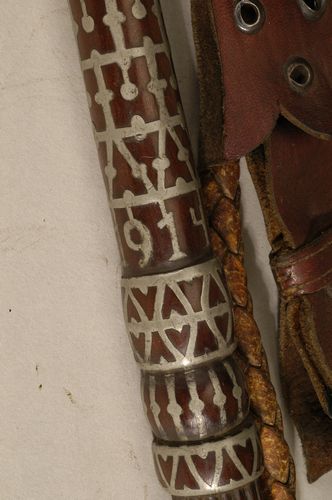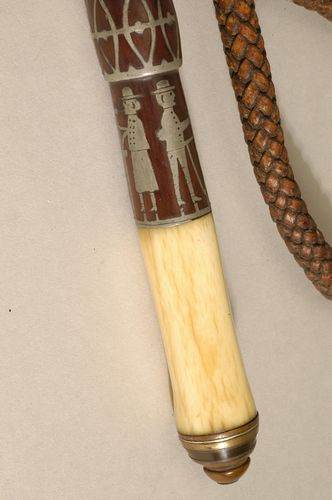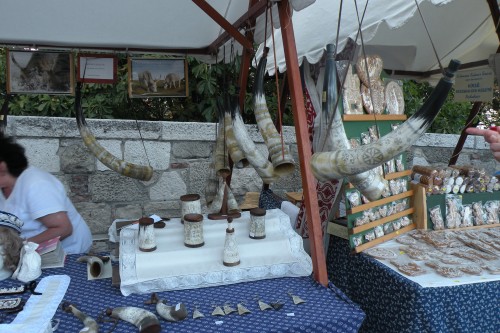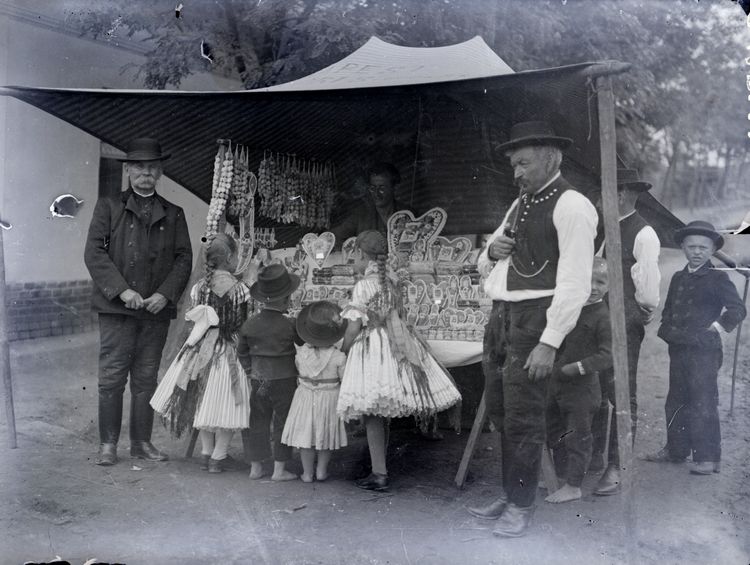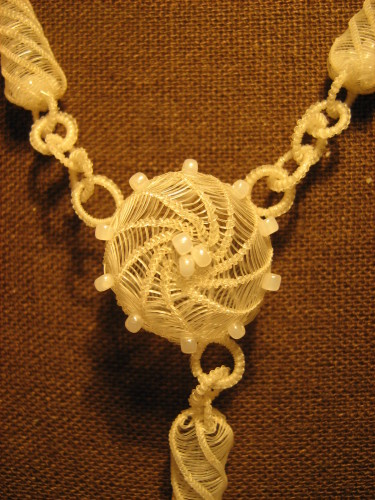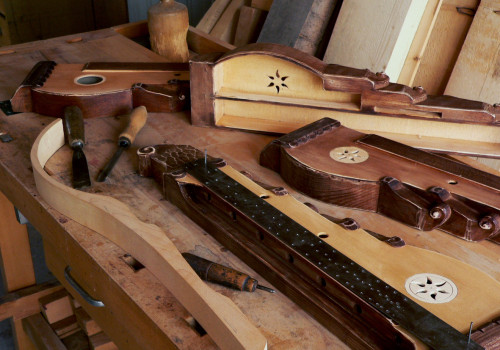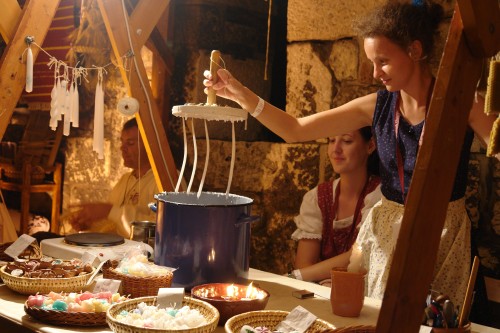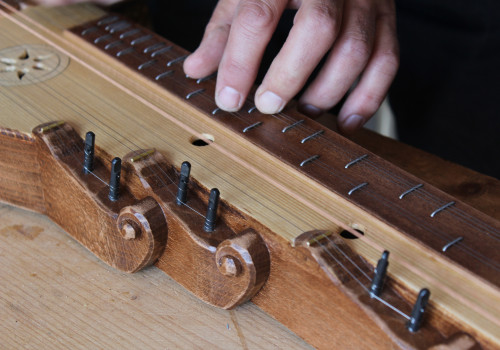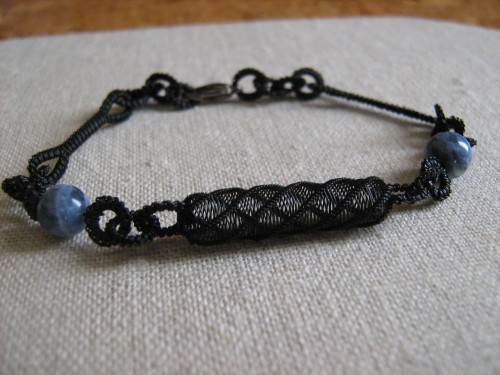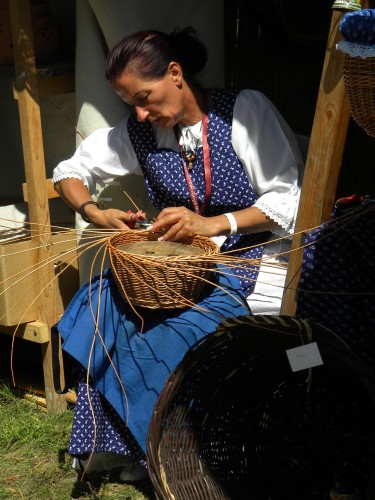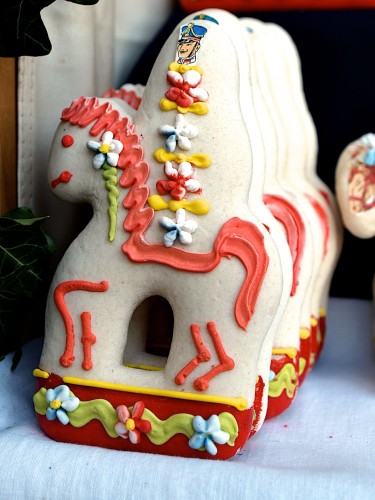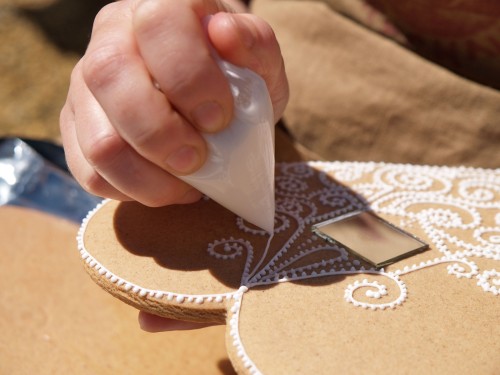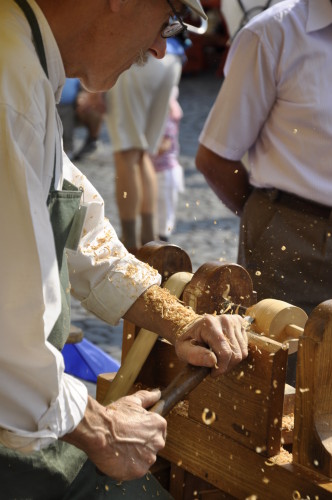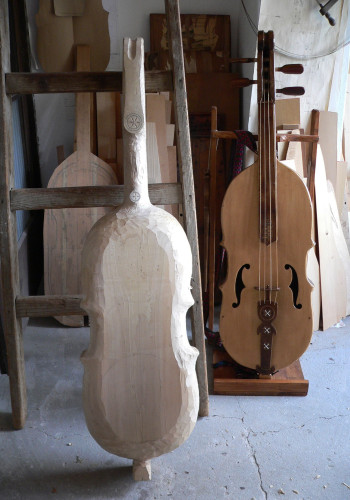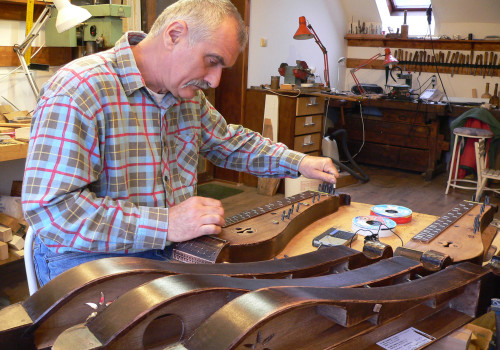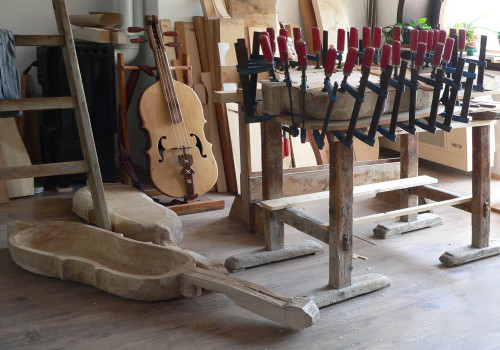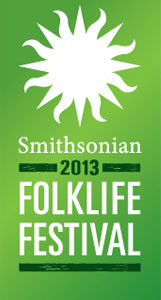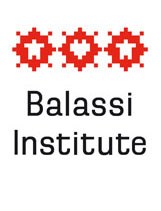On traditional peasant farms, simple tools were produced by the head of the family, and woodworking was a common pursuit nearly everywhere. While more complex implements were crafted by untrained peasant specialists or trained craftsmen, repairs, too, were often done by their owners. Furniture, on the other hand, was made by trained craftsmen and skilled peasants, with the latter generally responsible for the painting. Specialists were also enlisted to help in shingling and thatching work. In addition to wooden implements, skilled peasants and herdsmen also made beautifully carved objects made of bone and horn. Woven fencing, wattle and daub work, and the manufacture of mud or brick ovens were also done by the peasants themselves or, in some areas, by local specialists. Women’s work consisted primarily in the processing of linen and hemp, and the production of clothing. The baskets of various sizes used around the peasant home were woven by men and women alike.
When the production of such items exceeded the family’s needs, they were sold at markets or traded, turning household work into a cottage industry (home-based business). One of the most widely pursued of these industries was weaving. In some areas, it was an abundance of raw materials that prompted the development of a particular cottage industry. For example, abundance of forestland in the Northern Uplands and Transylvania led to the production of wooden shingles which became a common occupation. From the 1870s onward, the booming cottage industry of Central Transylvania supported many less developed regions of the country.
In the 13th century, skilled craftsmen founded guilds, which regulated training, the division of labour among apprentices, footmen, quality of work and even lifestyles of members, while representing the members’ interests. Guild members traveled within Hungary and abroad to Europe in order to broaden their knowledge, for example bringing home new trade vocabulary and techniques. One of the rarer trades which arrived to Hungary from the West is indigo printing. Its practitioners formed their first independent guild in the 17th century. By contrast, the roots of the hatter’s craft reach back much further. Often, masters engaged in similar work, such as harness making and saddlery, united to form joint guilds. Some vocations were pursued not only by guild masters, but by peasant specialists and other untrained amateurs, as well. Coppersmithing, a typical occupation of Roma craftsmen, is one example of such a trade. In 1872, Hungary’s guilds were abolished and their function in providing representation and training taken over first by trade associations, then by industrial corporations, which represented multiple vocations.
From the late 18th century onward, the traditional cottage industry was significantly impacted by the advent of factory production. With the introduction of new techniques, some crafts and trades developed and transform at a relatively intensive pace up to the present day, while others had already succumbed to the competition by the middle of the 20th century. In the case of the hatter’s craft, demand fell throughout the 19th century due to changes in the world of fashion.
Traditional craftspeople produced goods not only to order, but also to sell at markets, where various craftspeople were given space and permitted to sell according to a predetermined order. In general, master craftsmen from a city’s own guild were given preferential treatment. With the introduction of factory-made products, however, the role of markets declined. Today, the character of markets where traditional hand-crafted products are sold is markedly different. The craftspeople who display and sell their goods at modern markets preserve the traditions of both home manufacture, and cottage industry, as well as the skills of both peasant specialists, and guild production. Horsehair jeweller makers and musical instrument makers, for example, have inherited their vocations from skilled peasants and rural specialists, while gingerbread cookie bakers and potters preserve the crafts of actual guild masters.


